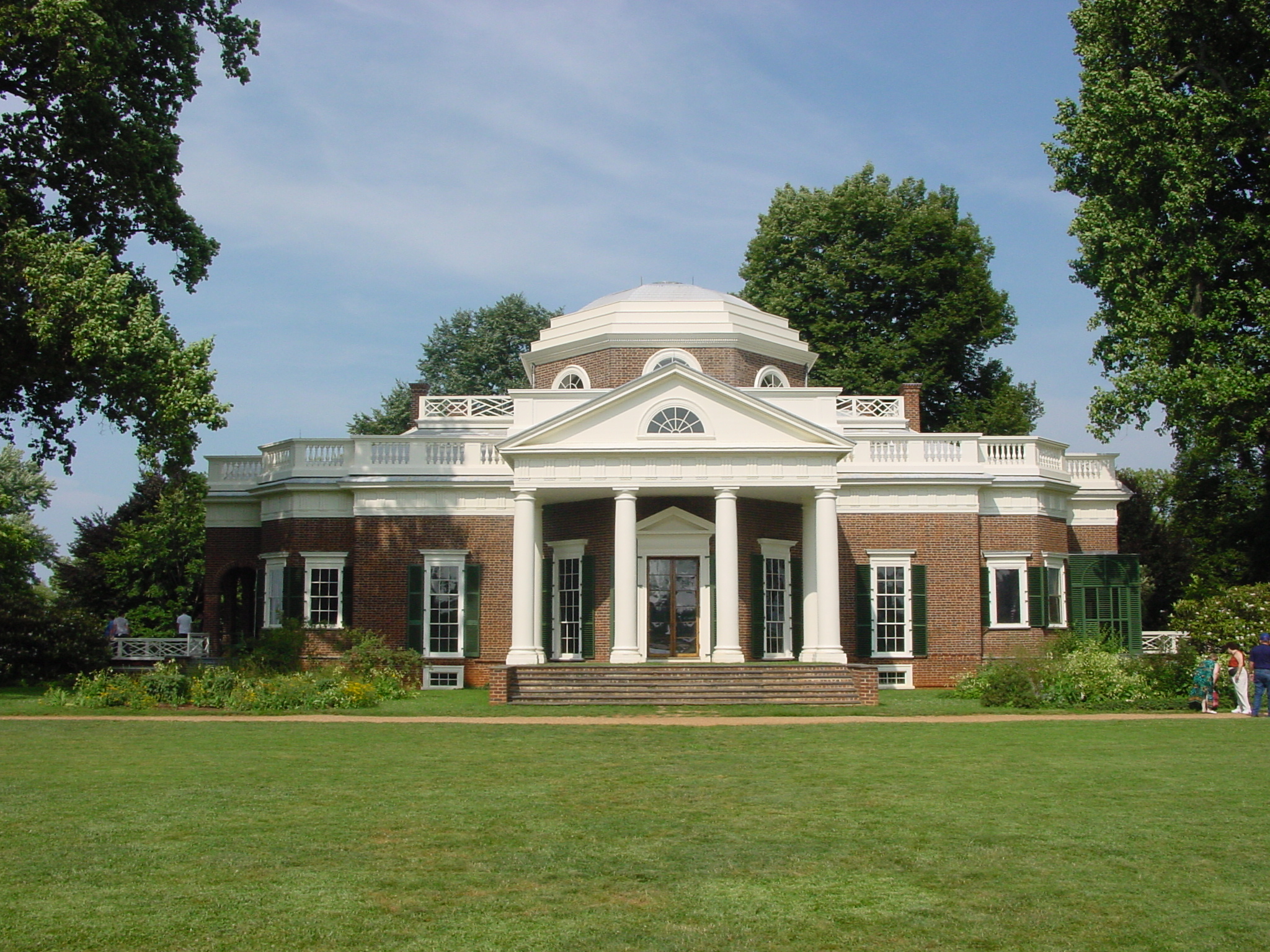Thomas Jefferson and his Charlottesville Home
Author: Sandy CollinsThomas Jefferson and his Charlottesville Home

Jefferson was born April 13, 1743 at Shadwell in Virginia. Interesting that a man who drafted our Declaration of Independence, became our 3rd President and founded the University of Virginia decided to live in the Charlottesville Real Estate area.
Certainly he could have lived anywhere as he traveled overseas as Secretary of State and had intimate knowledge of the United States as he was the one who sent Lewis and Clark to map out the west. He had a better knowledge of the world and the Untied States than most people do today.
Jefferson built his home, Monticello within a few miles of his birth place overlooking Charlottesville and the University of Virginia. The drive to Monticello is almost a step back in time. You can imagine riding a carriage or house to the property un the hills in the Virginia countryside.
